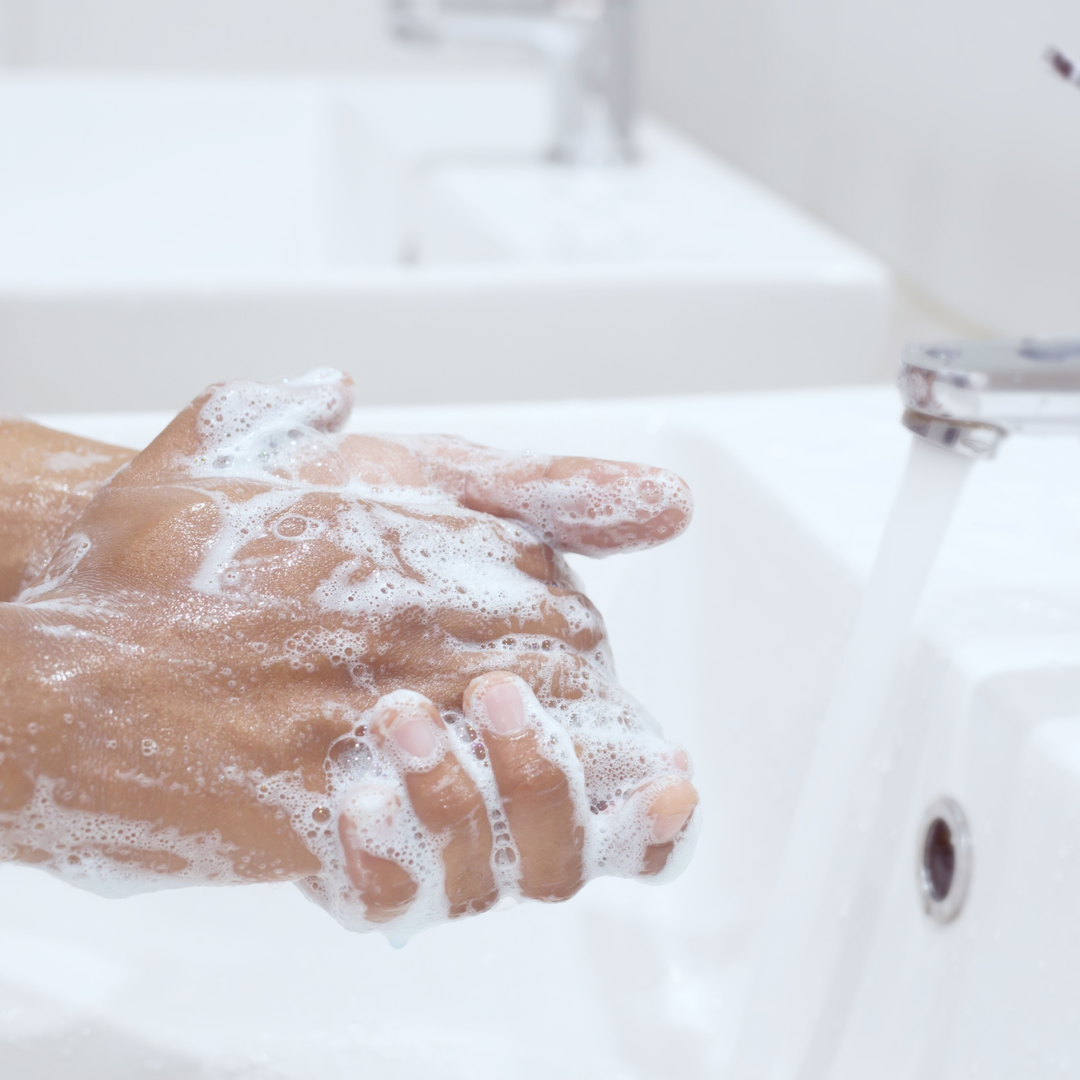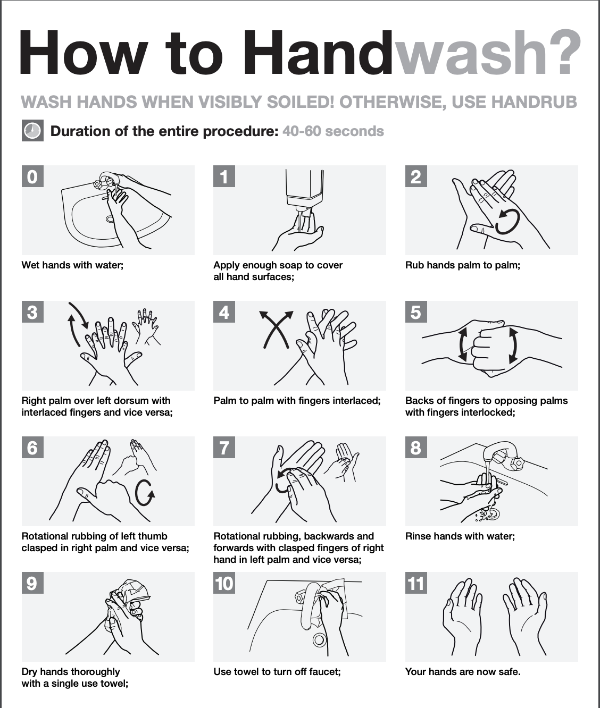
By now you’ve all heard about the novel coronavirus or COVID-19, right?
Someone at work asked about planning and preparation and it occurred to me that a lot of people are frightened and confused. While I won’t even pretend that my little blog has very far reach, I figured common sense bears repeating. Since I’ve been doing this little unintentional 101 series, this fits in perfectly.
Let’s start with what we know about COVID-19 as of March 4, 2020. To bottom line it, we don’t have all of the answers yet.
The Centers for Disease Control and Prevention (CDC) and the World Health Organization (WHO) are major players in sharing information as it is gathered and understood. This information is gathered from their respective websites.
Transmission: Proximity to people who have the virus. This started with people who traveled to specific parts of China but will expand as more people get infected. The biggest challenge here is, while the CDC and WHO believe physical contact with infected people is a key path to infection, it’s early enough that they don’t know yet if and how long the virus might live on surfaces outside of the human body. The incubation period is also up for grabs ranging from 2 -14 days.
Treatment: That also appears to be a big “depends” right now. There isn’t specific treatment but many trials are in the works to find effective treatments. The short term outlook for this is promising.
Severity: There are reports of asymptomatic infection (someone tests “infected” by doesn’t have ANY symptoms), mild reactions and severe reactions. This is actually “good” news that many or most are not severe and people are recovering from it.
Vaccination: This is being worked on throughout the world and is already in trials in some places. However, testing takes time. Just because they have things to test doesn’t mean a) they work or b) they can be mass produced. It’s down the road even in the best case scenarios.
The biggest takeaway is, we are paying a lot of attention to this for two reasons. a) We don’t have all of the answers. The CDC, WHO and other independent organizations are learning more every day. The unknown always concerns us and is cause for our health care community to be alert. b) IF there was widespread infection, our health care system would be taxed and overwhelmed.
So where does this leave the average Jill and Joe? We have a critical part to play.
- Be informed. Pay attention to the emerging information and take the time to research information. The CDC and WHO have daily updates on what is going on and what they know.
- Don’t panic. It may be scary for some people, but being well-informed will hopefully help forestall panic. We don’t help our health care community or neighbors if we panic.
- Spread calm. Once you’re calm and informed, share that information with others. Knowledge empowers us.
- Stop or stall the spread of illness. How? I am so glad you asked!! Read on.
Both the CDC and WHO, along with every other community health organization, is asking that we simply go back to basics and wash our hands. Simple.
How To Wash Your Hands Properly (101)
Did you see this coming?
Most of us don’t wash our hands properly. Various studies say that 95 – 97% of people don’t wash their hands correctly. That means, you may wash, but not doing it the right way means they are still dirty. (More disturbing are surveys that say 34% of people don’t wash their hands when they should.)
- Wet your hands.
- Use soap.
- Rub them together for at least 20 seconds (two rounds of Happy Birthday) and get between your fingers and under your nails.
I like to take this time to pretend I’m scrubbing up for some tv show surgery…it passes the time and I can make that intense-tv-doctor-look in the mirror and laugh at myself. - Rinse
- Dry (either towel or air drying is acceptable).
If you don’t have access to soap and water, then you can use hand sanitizer with at least 60% alcohol. The trick here is #3. Rub your hands together for at least 20 seconds and get between your fingers and under your nails.

Disturbing Thoughts
I hate to come off as a germaphobe (she who is scared of germs) but this is how I motivate myself to follow the good hygiene hand washing steps.
Think of all of the shared items that multiple people touch throughout the day…
- Doorknobs (oh this freaks me out!)
- ATM keypads
- Coins and dollar bills
- Pens in doctor’s offices
- Touch screen computers in self checkout lines
- Elevator buttons
- Every surface in a public restroom
- Every surface in an airplane (yes I carry sanitizing wipes on the airplane!)
Remember, 95 – 97% of people don’t wash their hands correctly.
I’m trying to drive this home because one of the best things you can do to keep yourself and your family healthy during these types of virus spreads is to follow common hygiene we teach kids. Simple stuff.
- Cover your mouth when you cough.
- Wash your hands correctly.
- Stay rested.
- Avoid contact with others when you are sick.
But we all rush. We all get lazy. We all are prone to short cuts. Go back to basics. Right now. Retrain yourself and retrain friends and family. That’s how we can do our part.
Now go forth and stay healthy and vital!